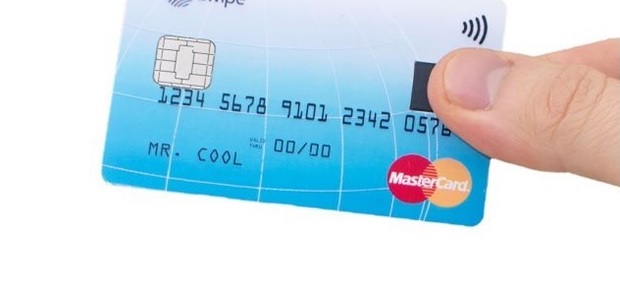
Following South Africa, Bulgaria is the first market in Europe on which Mastercard tested the evolved technology in cooperation with UniCredit Bulbank. At the end of the pilot, participants were asked to share their feedback on the technology and how easy it was to use:
. 93% of the participants found the biometric card more convenient to use than entering the PIN during the transaction;
. 93 % of the participants found the biometric card more secure than regular chip cards;
. 90+% of them would upgrade or probably upgrade their favorite card with the biometric feature if available;
. 100% of them think that contactless functionality is a must.
“According to the Mastercard Impact of Innovation Study, biometric as a method of authentication is already used by 31% of the Bulgarians when unlocking a smartphone, 48% of them define it as fast, 32% as modern & attractive. The biometric technology for authentication undoubtedly offers a highest level of security for the consumers, but it also gives a lot of opportunities beyond.” commented Artur Turemka, General Manager for the Balkans, Mastercard,
„The results of the pilot period also indicate that the most common places where consumers use biometric cards to make easy and secure payments are supermarkets (27%), restaurants and coffee shops (28%), retail stores (25%) and petrol stations (13%).”, according to the press release.
“There is a huge appetite for innovations in Bulgaria. Bulgaria is leading the way to test and implement new solutions, and we are really proud that Bulgaria is the first country in Europe to trial the biometric card. Bulgarians are confident about the benefits of this innovative technology and are embracing its introduction which will allow them to make faster and safer transactions”, said Artur Turemka.
How It Works
A cardholder enrolls their card by simply registering with their financial institution. Upon registration, their fingerprint is converted into an encrypted digital template that is stored on the card. The card is now ready to be used at any EMV card terminal globally.
When shopping and paying in-store, the biometric card works like any other chip card. The cardholder simply dips the card into a retailer’s terminal while placing their finger on the embedded sensor. The fingerprint is verified against the template and – if the biometrics match – the transaction can then be approved with the card never leaving the consumer’s hand.
Banking 4.0 – „how was the experience for you”
„To be honest I think that Sinaia, your conference, is much better then Davos.”
Many more interesting quotes in the video below: